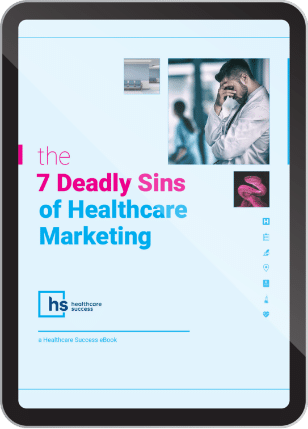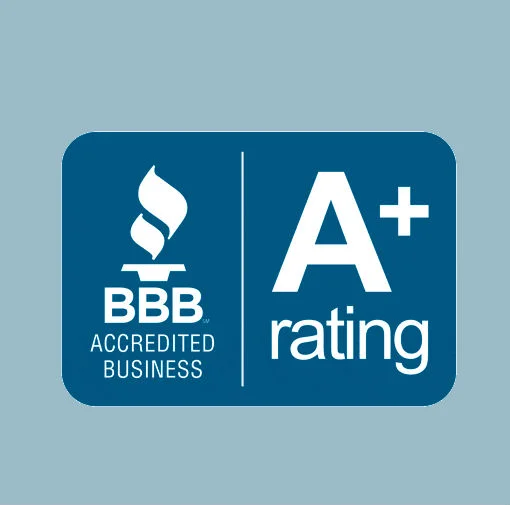Generating Measurable Results or Just “Doing Marketing?"
 There’s nothing more satisfying in medical practice marketing than a program that produces measurable results. Attracting new patients or cases is usually the intent of external marketing, but the true, quantifiable pay-back is where Return-on-Investment (ROI) is calculated in “dollars in” divided by “dollars out.”
There’s nothing more satisfying in medical practice marketing than a program that produces measurable results. Attracting new patients or cases is usually the intent of external marketing, but the true, quantifiable pay-back is where Return-on-Investment (ROI) is calculated in “dollars in” divided by “dollars out.”
This elementary concept is frequently overlooked or neglected. It’s frustrating for us to discover situations where the medical practice (or even hospital service lines) is “just doing marketing” with only a visceral sense of effectiveness.
Somehow the marketing effort “feels right” or it’s “the right thing to do.” Or they mistakenly think “it doesn’t seem to be working.” But if nobody’s doing the math, at best it’s only wishful thinking.
The measure of results—good or bad—is in the numbers. It all begins with the fundamental understanding that you have a reliable system in place that tracks the source of new patients or new business. That as a given, three variables determine profitability:
- Cost per lead/inquiry
- Conversion rate from inquiry to appointment
- Conversion rate from appointment to treatment
Your numbers will vary, but here’s an illustration of how this plays out:
Cost for promotion: $5,000
Number of inquiries: 20
Cost per lead: $5,000 divided by 20 = $250 per lead
Conversion rate, from lead to appointment: 50% (10)
Cost per appointment: $5,000 divided by 10 = 500 per appointment
Conversion to treatment: 70% (7)
Cost per converted patient: $5,000 divided by 7 = $714 per patient
Calculate ROI (# of patients x average case size divided by cost of promotion)
Average case size = $3,000 x 7 patients = $21,000 divided by $5,000 = 4.2 to 1 ROI
The math is easy enough, but there are several important success concepts at work here:
- Actual results are found in the math. It’s not intuitive, it’s simply business.
- Accurate math is not possible without a rock-solid tracking system.
- The two "conversion rate" variables significantly impact profitability, and they are within your office and within your control.
- Neglect the math and you may be wasting money.
For related reading about this topic and how to market a medical practice, see: The Push and Pull of a Winning Hospital Ad Strategy and Establishing Healthcare Marketing Budgets For Hospitals, Healthcare Organizations and Private Practices.
# # #
Tracy Scarborough, Healthcare Success Account Supervisor - Tracy has over 14 years of successful leadership experience as a marketing consultant and account manager. She has been involved in virtually all aspects of developing and implementing strategic healthcare branding and marketing campaigns for clients in more than 50 clinical disciplines.
Related Articles:
6 Ways to Tell If Your Marketing Delivers Results
10 Medical Marketing Strategies to Try in 2019









